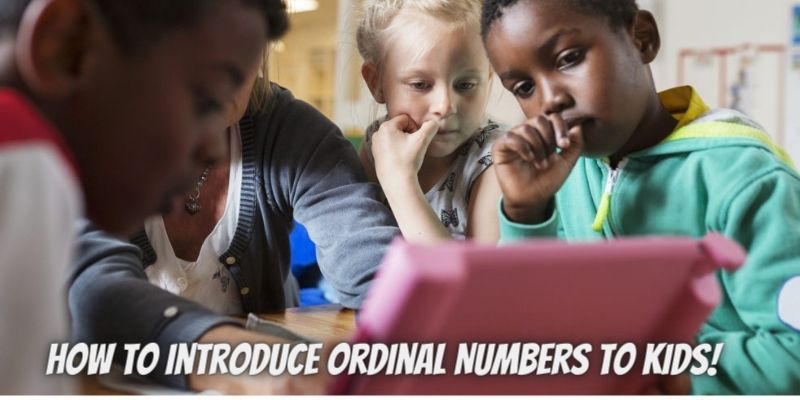Ordinal numbers represent the position of an object in a set. Ordinal numbers are much less commonly used than the cardinal numbers, which represent the size of a set. The first ordinal number would be 1, the second 2, and so forth. The ordinal numbers are used to show a position in a ranking system.
A set of ordinal numbers represents a list of positions in an ordered sequence. The first position would be the first ordinal number, and so forth. Ordinal numbers were invented by mathematicians in Ancient Greece during the 5th century BC, and they are still used today. There are many different uses for ordinal numbers, such as in sports, to represent rank in military forces or among academics.
The use of ordinal numbers is not emphasized as much as cardinal numbers in the education system, hence at times, kids may have difficulty understanding them. Math worksheets are a good way to teach kids more about ordinal numbers. With a variety of practice questions, students can learn how ordinal numbers are used and also practice combining them into sets. To download the number worksheets, one can visit www.cuemath.com. They have a variety of resourceful and interactive worksheets for kids.
Kids should learn about ordinal numbers at an early age, as it will help them develop an understanding of how the mathematical concepts work, like how to represent the order of objects. This will help them learn other topics in math and science more easily. It is also a good way for parents to teach their children about ranking systems and position counts.
There are many different ways to introduce new students to ordinal numbers. Introducing ordinal numbers typically involves pairing them with other math concepts, such as time, quantities, or counting. It can also involve a game or strategy to help introduce this topic.
Introducing ordinal numbers is a great way to help the students develop an understanding of quantity and how it works in mathematics. Kids should be taught about managing resources like money and time as well as how to represent numbers in columns or rows in order from smallest to largest. This will help kids understand the concept of order throughout their life.
There are many other techniques used to introduce students to ordinal numbers, and it is important for teachers and parents to pick the best strategy for their child based on their individual learning styles.
Ordinal numbers are a little bit different than cardinal numbers because they represent order, while cardinal numbers represent quantity. One way for kids to learn about ordinal numbers is to create a ranking system for objects and then use ordinal numbers to help show ranking. Another way kids could learn about ranks and positions is by using a game like Bingo or any card game with spaces or squares. Parents can make their own set of cards on pieces of paper with different ranks and positions on them.
Ordinal numbers are useful in set theory, which are the foundations of many mathematical theories, such as arithmetic and set theory. Ordinal numbers are commonly used in information technology because they are a way to express the order of different objects in a database. Ordinal numbers are used in processes for code and data encoding, such as number systems, where they can be used to represent a position value within a set.
Ordinal numbers are very commonly used in the education system. Teachers can use ordinal numbers in practical ways to help students learn how to count, arrange, and group objects in order from smallest to largest, and also how to order objects from first to last. In math class, teachers can use ordinal numbers when teaching about set theory, which explains how mathematicians group together sets of objects.
Ordinal numbers are also commonly used in sports as a ranking system. For example, the number 1 represents the best player in the team, and the number 2 represents the second-best player in that team.
